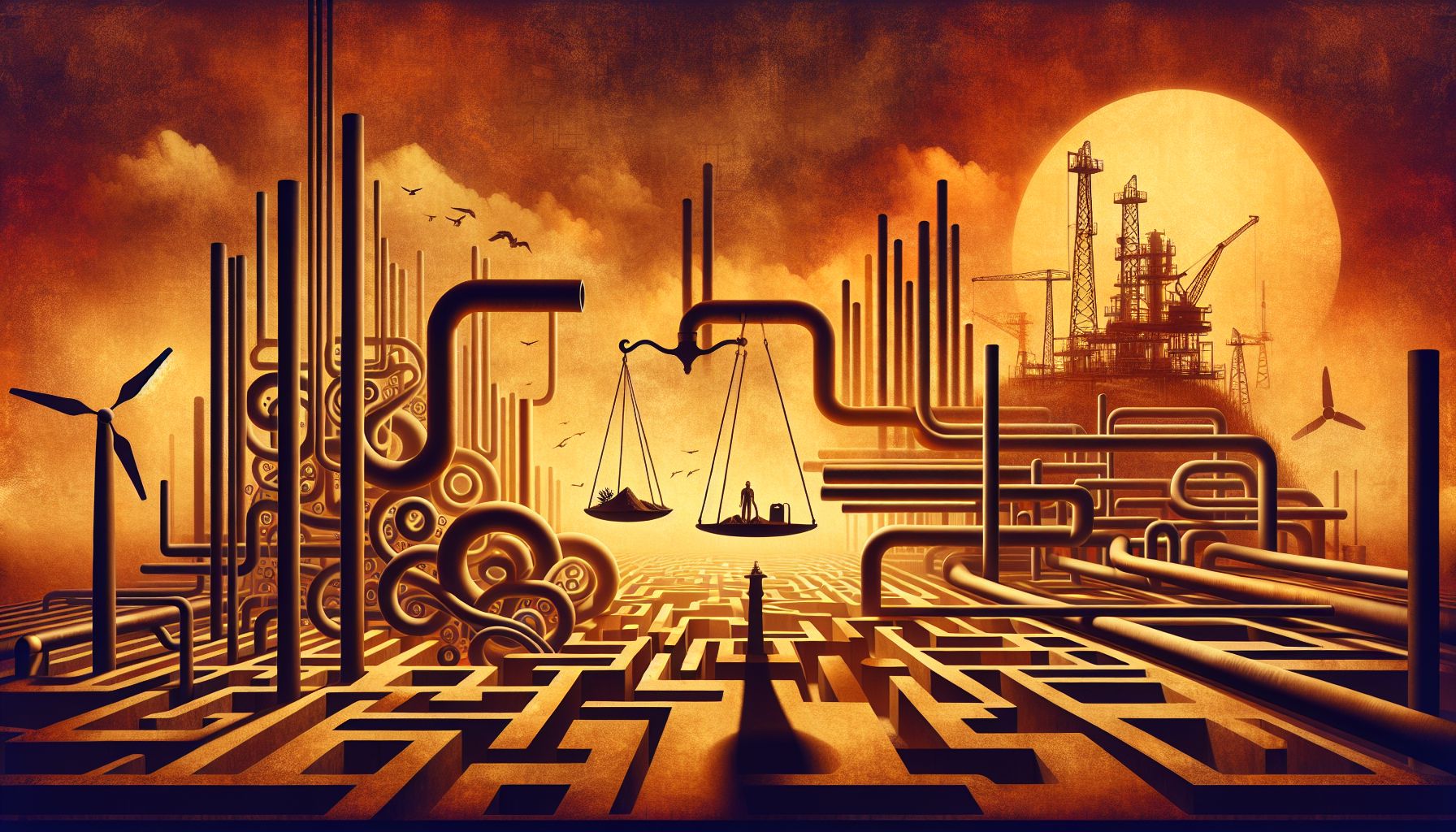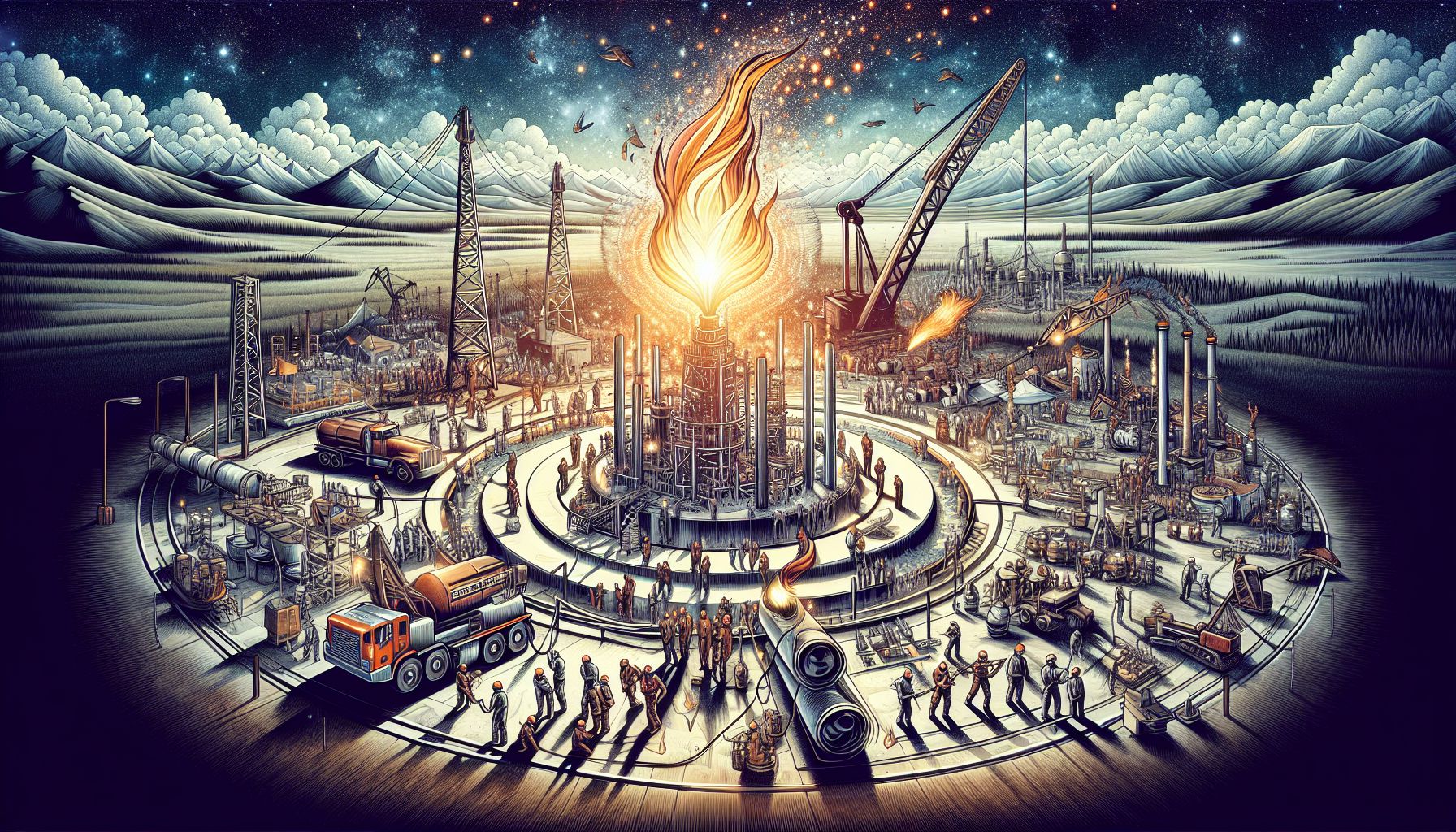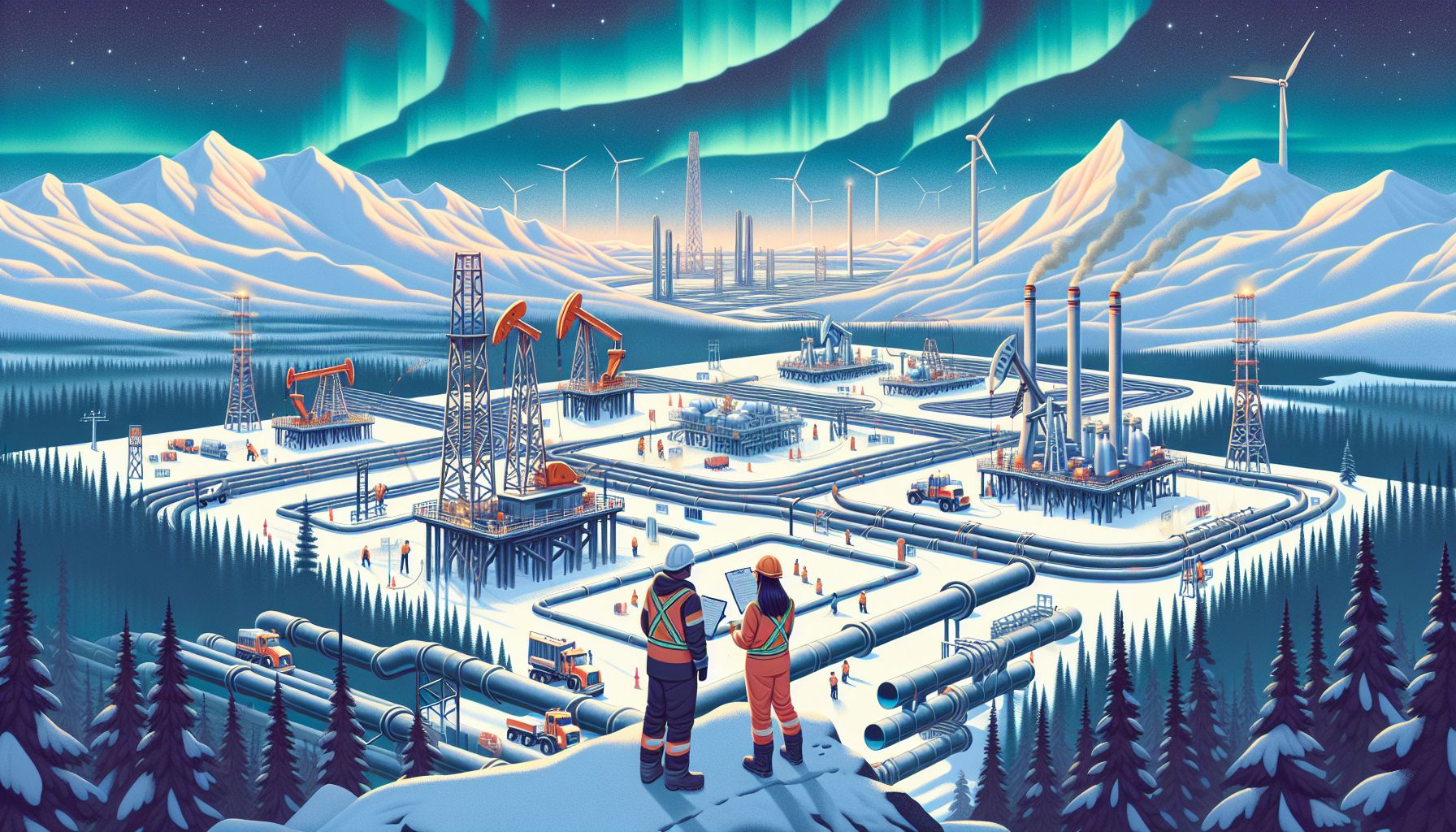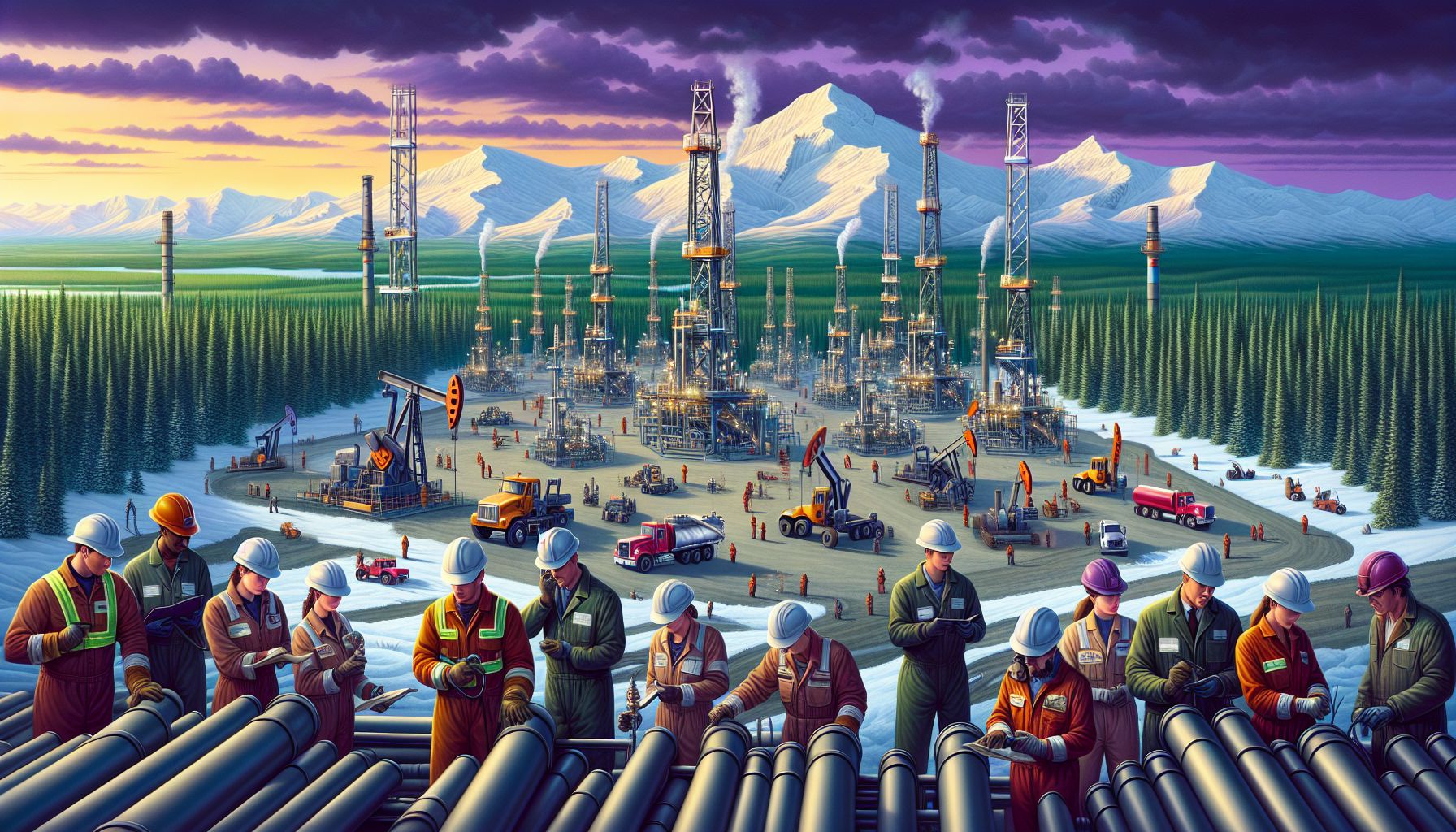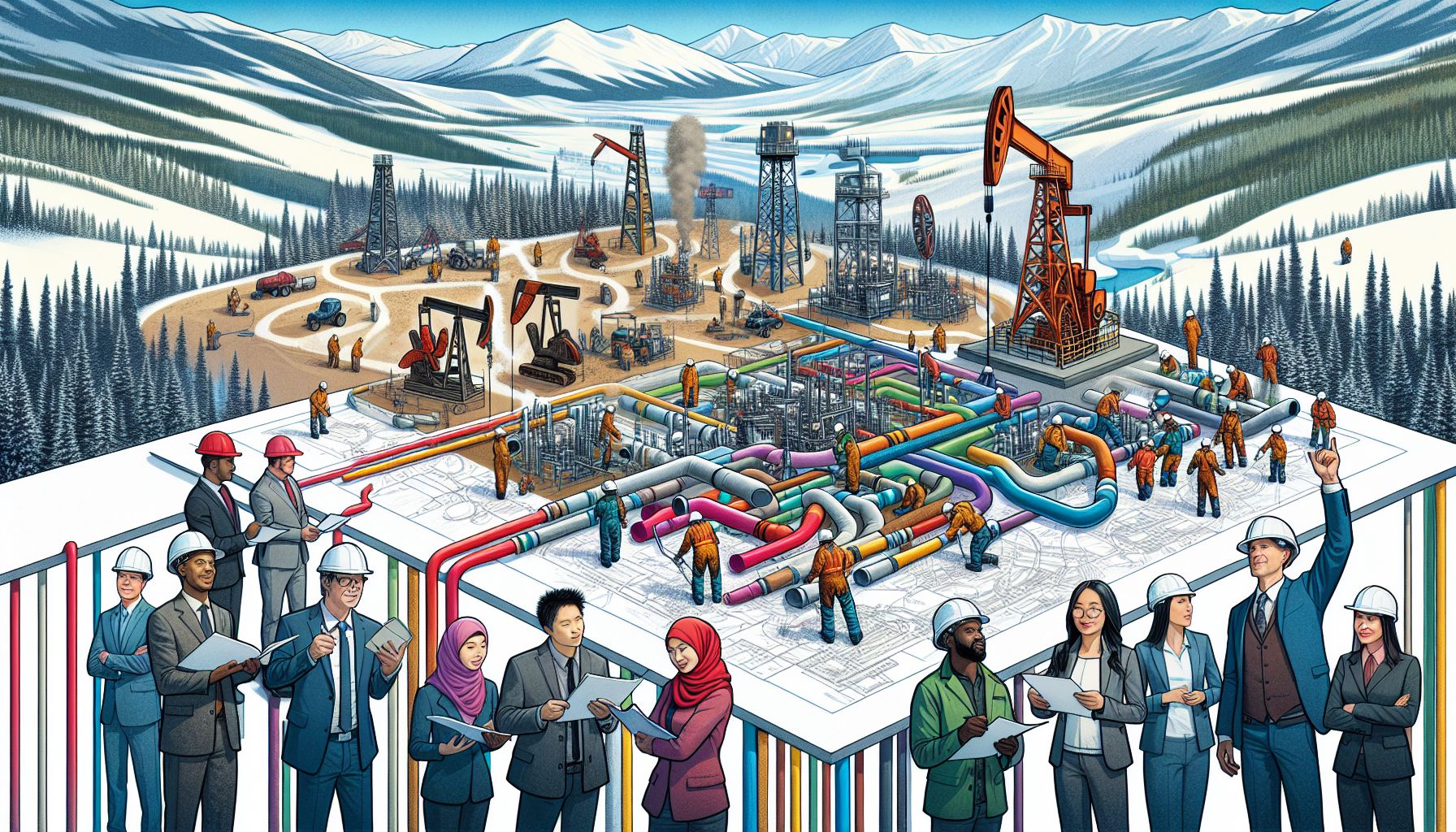Canada is well-renowned for its vast reserves of oil and gas, which have played a significant role in shaping its economy. The oil and gas industry in Canada has long been a subject of intrigue and fascination; its operations, complexities, and impact on the country often shrouded in mystery. In this article, we will delve into the depths of this enigmatic industry, exploring its various facets, uncovering the secrets it holds, and shedding light on the challenges it faces.
A Closer Look: Canada’s Oil & Gas Industry
Canada boasts the third-largest oil reserves in the world, a fact that has placed it firmly on the global energy map. With vast oil sands deposits in Alberta and significant offshore reserves, the country has the potential to be a major player in the oil and gas industry. The industry’s supply chain encompasses exploration, extraction, refinement, and transportation, making it a complex and intricate web of interconnected processes.
Exploration and Extraction – The Quest for Black Gold
Exploring for oil and gas involves advanced geophysical surveying techniques, including seismic imaging. These methods allow geologists to identify potential reservoirs deep beneath the Earth’s surface. Once a potential deposit is identified, drilling rigs are utilized to extract the precious hydrocarbons. The process is not without risks, as drilling accidents and oil spills can have devastating environmental consequences.
The Refinement Process – Turning Crude into Gold
Raw crude oil requires extensive refining to be converted into usable products such as gasoline, diesel, jet fuel, and various other petrochemicals. Refineries across the country are responsible for processing the crude oil into its valuable derivatives, which then meet the nation’s energy demands. The refining process also produces by-products, such as petroleum coke, which can be utilized for various purposes.
Transportation – Pipelines and Beyond
Transporting oil and gas from extraction sites and refineries to end-users is a critical aspect of the industry. Canada relies heavily on pipelines, with an extensive network spanning thousands of kilometers. However, this mode of transportation has not been without controversies. Environmental concerns, indigenous rights, and the risk of pipeline leaks have led to heated debates surrounding their construction.
The Challenges: Balancing Act for Canada’s Oil & Gas Industry
Like any industry, the oil and gas sector faces its fair share of challenges. In recent years, the industry has been confronted with a changing global energy landscape, increased scrutiny on environmental impacts, and the urgency to address climate change. Striking a balance between economic prosperity and sustainable practices has become a daunting task for Canadian oil and gas companies.
Additionally, the industry has also grappled with questions related to social responsibility, land and water use, and impacts on indigenous communities. Engaging in meaningful dialogue, collaborating with stakeholders, and implementing sustainable practices have become imperative for the industry to navigate these challenges successfully.
The Future: Sustainability and Diversification
As the world transitions towards clean energy sources, the oil and gas industry in Canada will undoubtedly undergo significant transformations. The need to reduce greenhouse gas emissions, invest in renewable energy, and adopt innovative technologies will shape the future of the industry. Moreover, diversifying the energy portfolio beyond fossil fuels will open new avenues for growth and development.
Canadian oil and gas companies are increasingly investing in research and development of alternative energy sources, such as hydrogen and biofuels. By embracing cleaner energy technologies and diversifying their operations, these companies are positioning themselves for a sustainable future while contributing to Canada’s overall energy goals.
Unveiling the Mysteries: Understanding the Vitality
Canada’s oil and gas industry has long been an enigma, a realm veiled in complexity, challenges, and controversies. However, by peeling back the layers of this mysterious industry, we can begin to appreciate its vitality and significance. Balancing economic growth, environmental stewardship, and social responsibility will be the key to unraveling the industry’s mysteries while securing a sustainable future for Canada’s energy sector.

